Along with this week’s BLS, JOLTs, and ADP labor market reports are the weekly initial and continuing jobless claims data from the BLS. While the market doesn’t seem to focus on the continuing and initial jobless claims data as much as the monthly data, it is constructive. It helps us affirm the divergences we see in the monthly data. Furthermore, it is much closer to real-time, so it quickly alerts us to potential changes.
Initial and continuing claims affirm the stale jobs market, whereas few employers are hiring and few are firing. The graph below from ZeroHedge shows continuing claims (red) are at a 3-year high and have been trending higher over the last couple of months after being rangebound for 2023 and early 2024. Furthermore, excluding the pandemic-related period of 2020 and 2021, continuing claims are above 2018 and 2019 levels. The divergence between initial and continued claims portends that the pace of layoffs is not increasing, but those laid off are finding it hard to find a new job. This data jibes with the JOLTs data, showing the hires rate is at the lowest level in 10 years.
This week, we might get further confirmation between JOLTs and the continuing claims data. Such a signal can be a leading indicator of broad-based labor market weakness in the pipeline. However, take the data with a grain of salt as it may be employer consternation leading into the election.
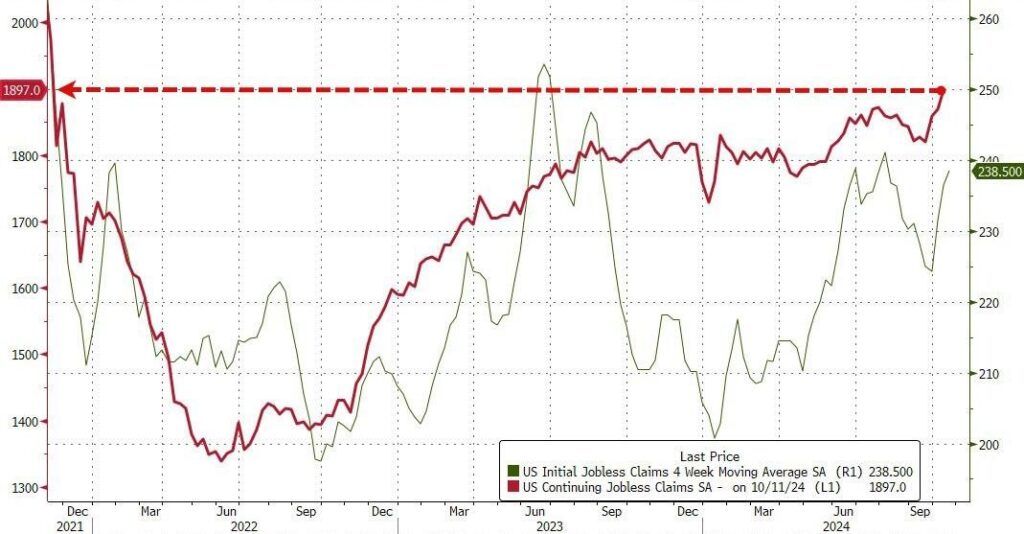
What To Watch Today
Earnings
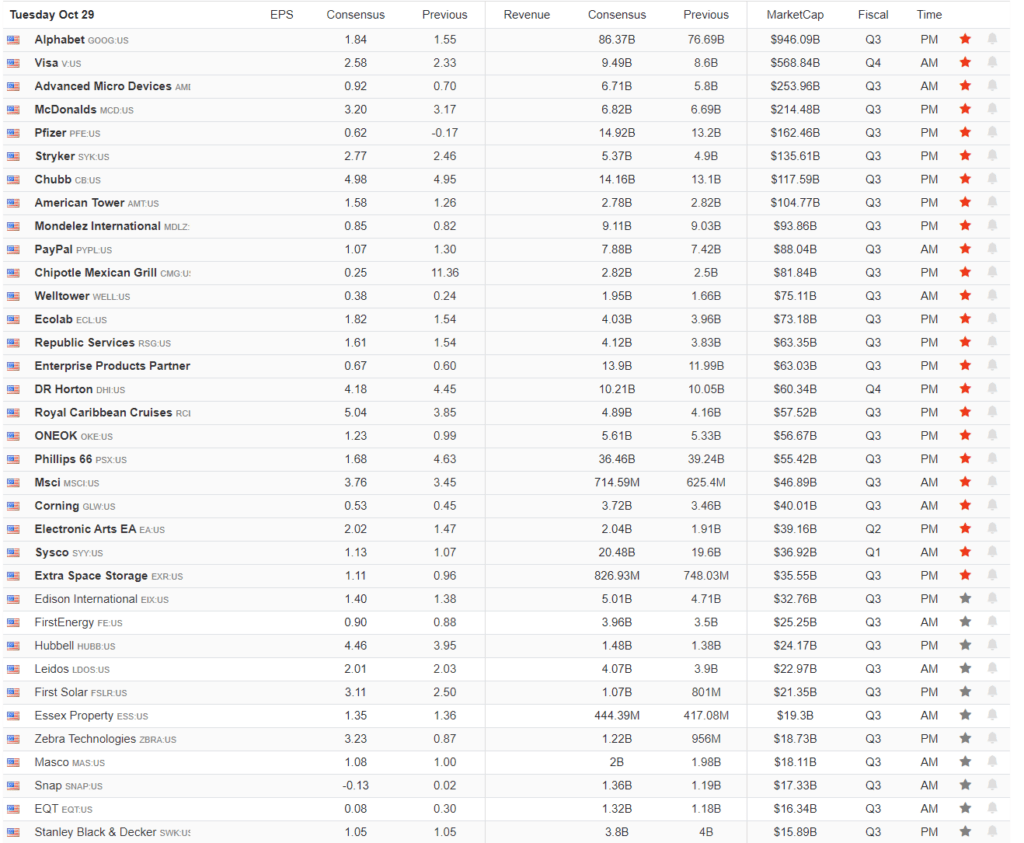
Economy
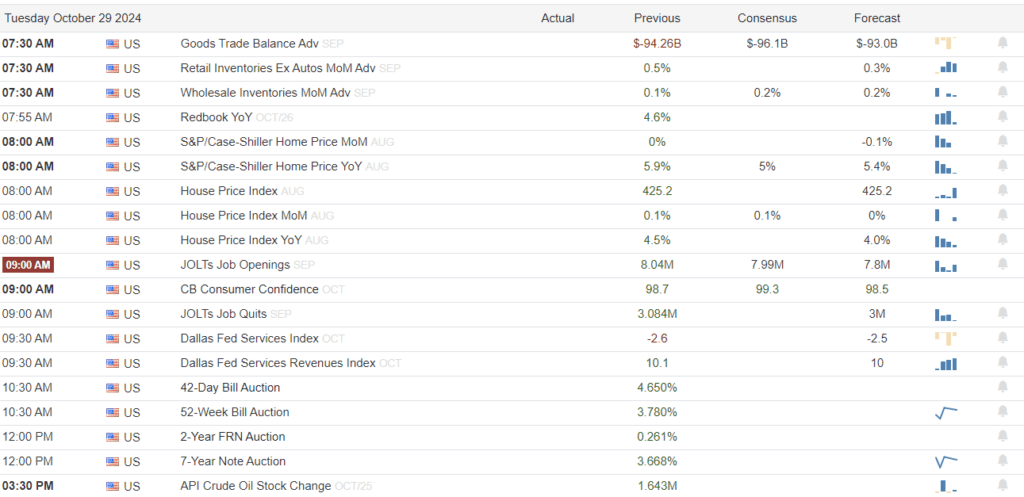
Market Trading Update
As discussed yesterday, the market has taken a breather over the last several trading days after a long and uninterrupted six-week advance. Notably, volatility remains somewhat elevated but subdued within a tight trading range. That compression, as noted previously concerning the stock market, indicates that a fairly substantial move in volatility is likely when it breaks out of that range.
We guess that the market is not hedged enough for an election outcome that favors Kamala Harris, which could send volatility sharper higher for a day or two as Wall Street repositions from their recent “Trump trade” bets. If Donald Trump wins the election, we could see volatility break to the downside into year-end as professional managers chase stock returns for year-end reporting.
To us, the volatility index suggests some short-term risk to the market. Unfortunately, we have no idea what that means. As we saw in 2016, it was assumed that if Donald Trump won, the market would crash. It did on election night, but by the time the markets opened the next day it was flat and ended up 500 points by the end of the day. That kind of overnight swing is impossible to hedge for and any potential thing you do has an opportunity to turn out wrong.
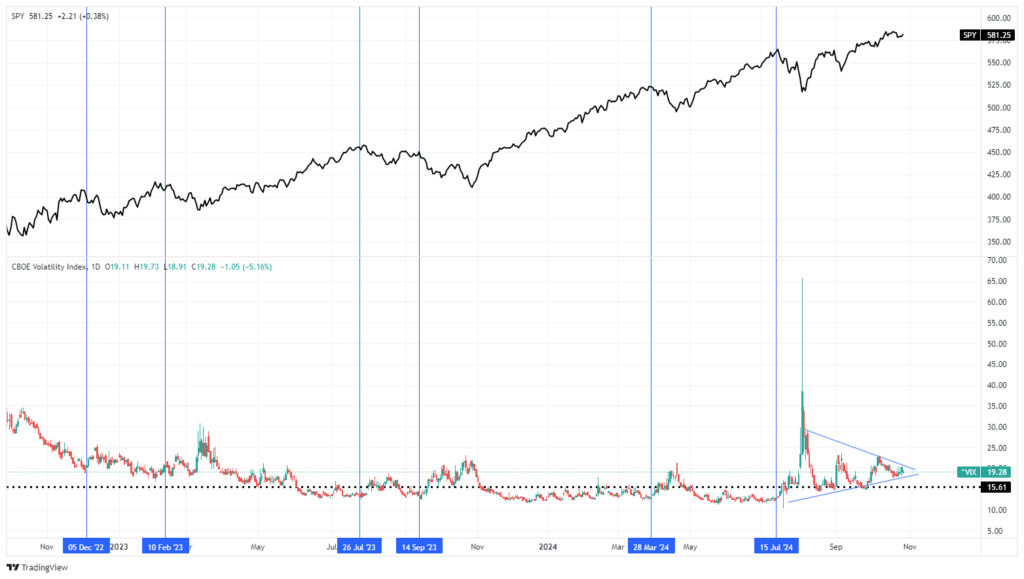
As such, we will likely stay the course for now—wait for the election and then adjust for the outcome. Furthermore, a lot of critical economic data this week, from PCE to Employment, will weigh on the Federal Reserve and their meeting next week. We also have earnings from MSFT, GOOG, AMZN, AAPL, and LLY, which will move markets.
As you can see, there are many moving pieces this week. Remain nimble and be prepared to adjust if necessary.

Hedge Funds Own The Largest Stocks
With earnings releases from some of the largest companies this week, we know hedge funds will be paying close attention. The chart below shows that the five most popular hedge fund holdings will present earnings this week. Given hedge funds’ general trading and positioning aggressiveness, the earnings reports will generate significant volatility if they over-or underperform expectations or present guidance different from market expectations. Nvidia will report its earnings in a month, but any commentary on AI from the technology companies shown below will likely influence Nvidia’s shares.
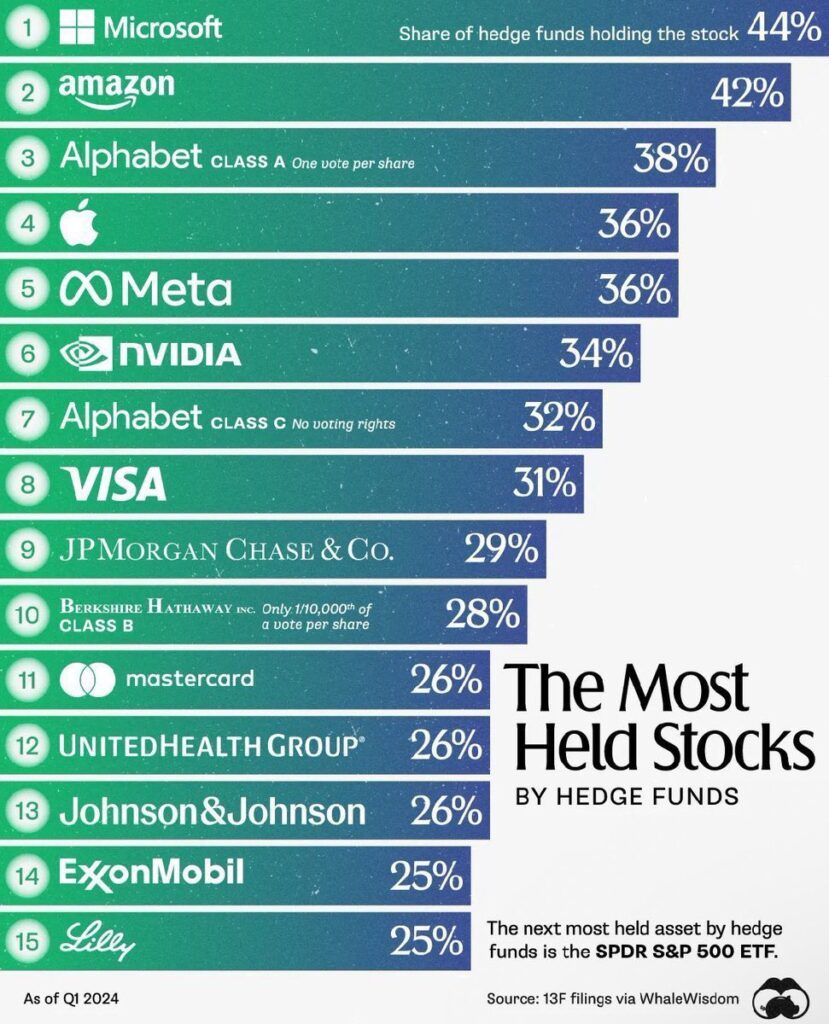
The Healthcare Sector Lags On Election Jitters
The coming election is taking a toll on healthcare stocks. The first SimpleVisor screenshot shows that the healthcare sector is grossly oversold relative to the broader market and other sectors. Moreover, the graph on the right shows that healthcare appears to be the only sector trading poorly going into the election. While the sector is ripe to outperform the market, we caution that it could be rough until the election is over and the market processes the results.
For more detail, the second graphic zooms into the top ten underlying healthcare stocks. ISRG is the lone outperformer. That was almost solely the function of an excellent earnings report on October 18th. Thermo Fisher, Danaher, and Merck are trading the poorest of the group.
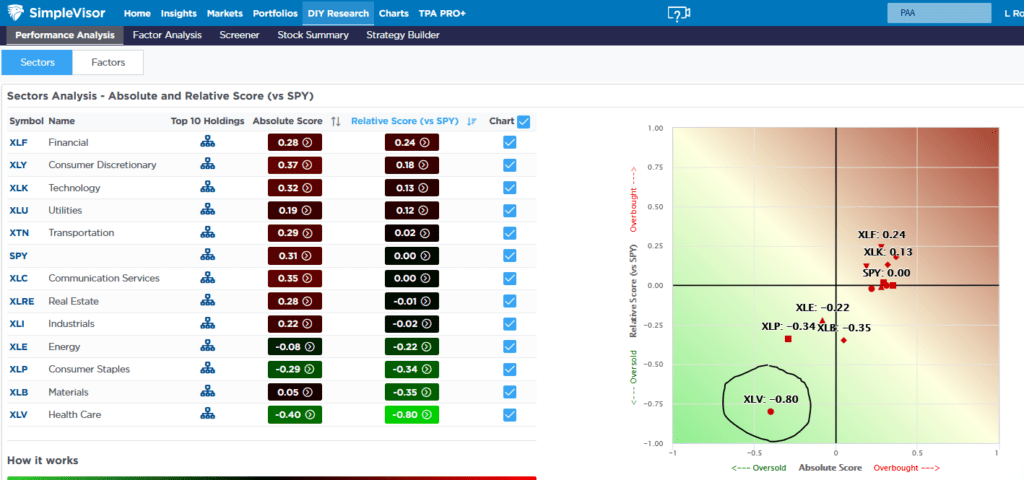
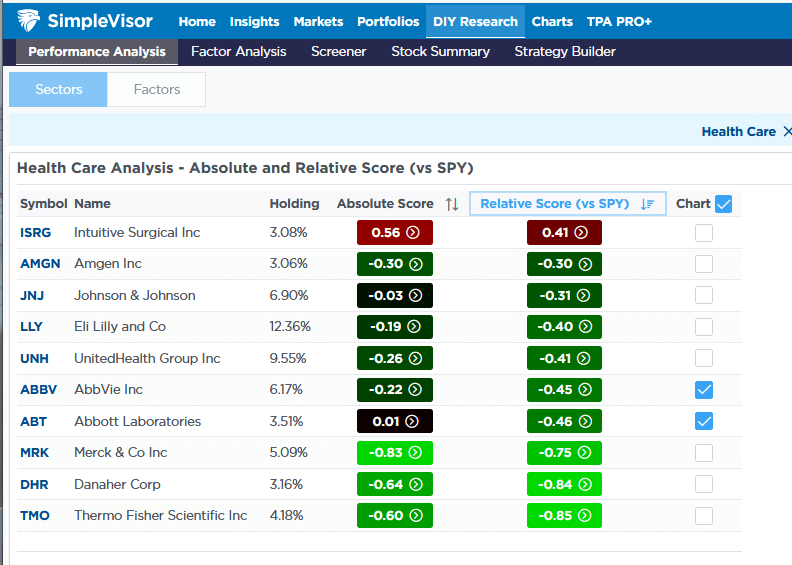
Tweet of the Day
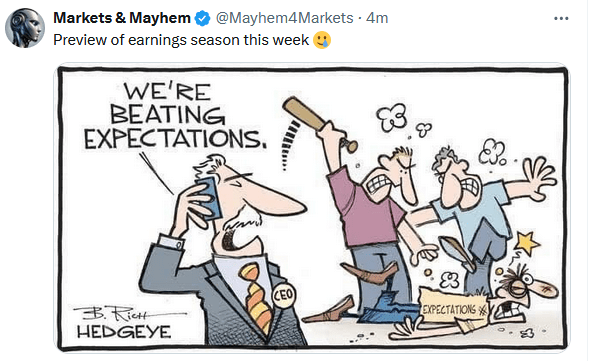
“Want to achieve better long-term success in managing your portfolio? Here are our 15-trading rules for managing market risks.”
Please subscribe to the daily commentary to receive these updates every morning before the opening bell.
If you found this blog useful, please send it to someone else, share it on social media, or contact us to set up a meeting.
Post Views: 0
2024/10/29




